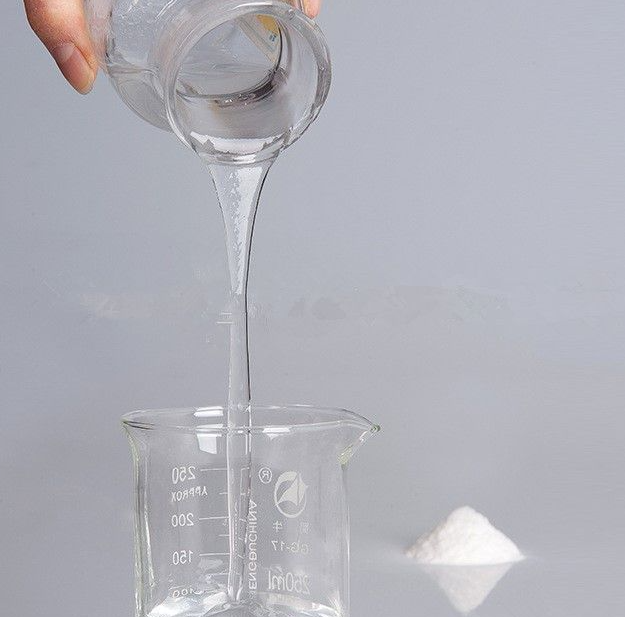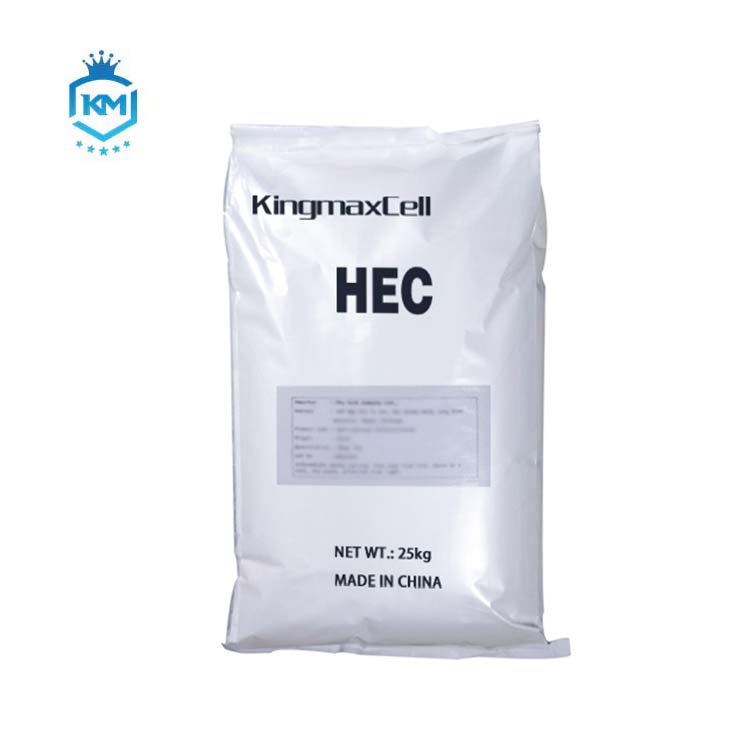-

Dissolution methods and main uses of ethyl cellulose
Ethyl cellulose is a derivative of cellulose that is modified with ethyl groups. It is commonly used in various industries for its film-forming and barrier properties. In the pharmaceutical industry, ethyl cellulose is often employed for controlled-release drug formulations, while in other indust...Read more -

RDP And VAE Powder
RDP (Redispersible Polymer Powder) and VAE (Vinyl Acetate Ethylene) Powder are both polymer powders widely used in the construction industry for their adhesive and binding properties. Let’s explore each of them: Redispersible Polymer Powder (RDP): Composition: RDP is a copolymer powd...Read more -
Why does the volume of mortar increase after adding cellulose ether?
The increase in volume observed after adding cellulose ether, such as Hydroxypropyl Methylcellulose (HPMC), to mortar can be attributed to several factors related to the unique properties of cellulose ethers: Water Retention: Cellulose ethers, including HPMC, are known for their excellent ...Read more -

Problems and solutions of HPMC in putty powder
Hydroxypropyl Methylcellulose (HPMC) is commonly used in putty powder formulations to improve various properties. However, like any additive, challenges may arise during its application. Here are some common problems associated with using HPMC in putty powder and potential solutions: Ina...Read more -

HPMC for Hand Sanitizer
Hydroxypropyl Methylcellulose (HPMC) is not typically used in hand sanitizers as the primary active ingredient. Hand sanitizers are generally formulated with active antimicrobial agents such as alcohol, isopropanol, or benzalkonium chloride, which are responsible for killing bacteria and viruses...Read more -

Hydroxypropyl methylcellulose gel temperature
The gelation temperature of Hydroxypropyl Methylcellulose (HPMC) refers to the temperature at which the polymer solution undergoes a phase transition, changing from a liquid or semi-liquid state to a gel-like state. This transition is influenced by various factors, including the concentration of...Read more -

Hydroxypropyl methylcellulose gel temperature
The gel temperature of Hydroxypropyl Methylcellulose (HPMC) refers to the temperature at which a solution of HPMC undergoes gelation or forms a gel structure. The gelation behavior of HPMC is influenced by factors such as its molecular weight, degree of substitution, and concentration in solutio...Read more -

Best Methyl Cellulose Gel Factories: Excellence in Gel Production
For those in search of superior methyl cellulose gel, finding the best manufacturing facility is paramount. Look no further as we stand out as the industry leaders among Methyl Cellulose Gel Factories, committed to delivering excellence in gel production. Unparalleled Expertise in Methyl C...Read more -

The Benefits: Why is Hydroxypropyl Methylcellulose in Supplements?
Uncover the role and significance of Hydroxypropyl Methylcellulose (HPMC) in dietary supplements with this comprehensive guide. Learn why HPMC has become a popular and essential ingredient in the formulation of various supplements, ranging from vitamins to herbal extracts. Overview of H...Read more -

APPLICATION OF STARCH ETHER IN ADHESIVES GYPSUM ADHESIVES
1. Introduction: Gypsum adhesives play a pivotal role in the construction industry, serving as a bonding agent for drywall and related applications. This article delves into the integration of starch ethers in gypsum adhesives, highlighting their transformative impact on performance attribute...Read more -

Hydroxypropyl methyl cellulose (HPMC)
Hydroxypropyl methyl cellulose (HPMC) is a highly versatile compound, finding applications across various industries such as pharmaceuticals, food, construction, and cosmetics. Exploring Hydroxypropyl Methylcellulose (HPMC): HPMC is a synthetic derivative of cellulose, a natural polymer fo...Read more -

HPMC for Dry mixed mortar
Functions as a retarder and water-retaining agent in cement ratios. Enhances viscosity, controls cement setting time, and improves bonding force. Water retention properties prevent water loss, surface cracks, and improve adhesion. Suitable for mechanized construction, improving efficiency and pre...Read more

